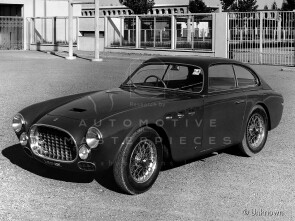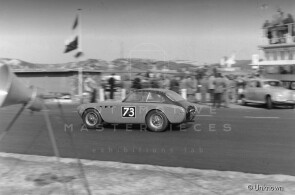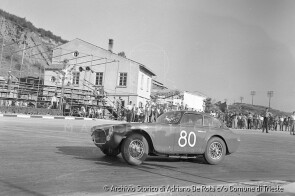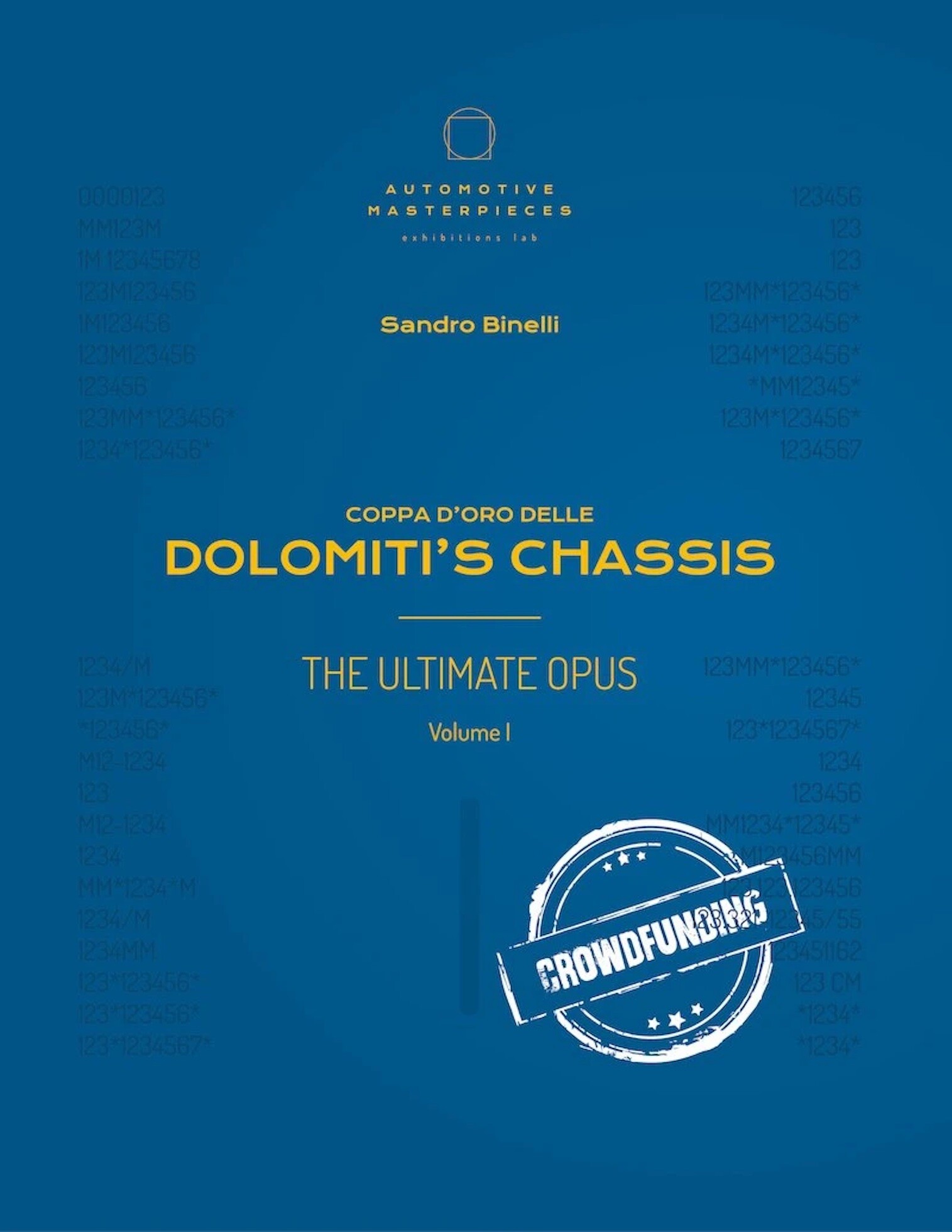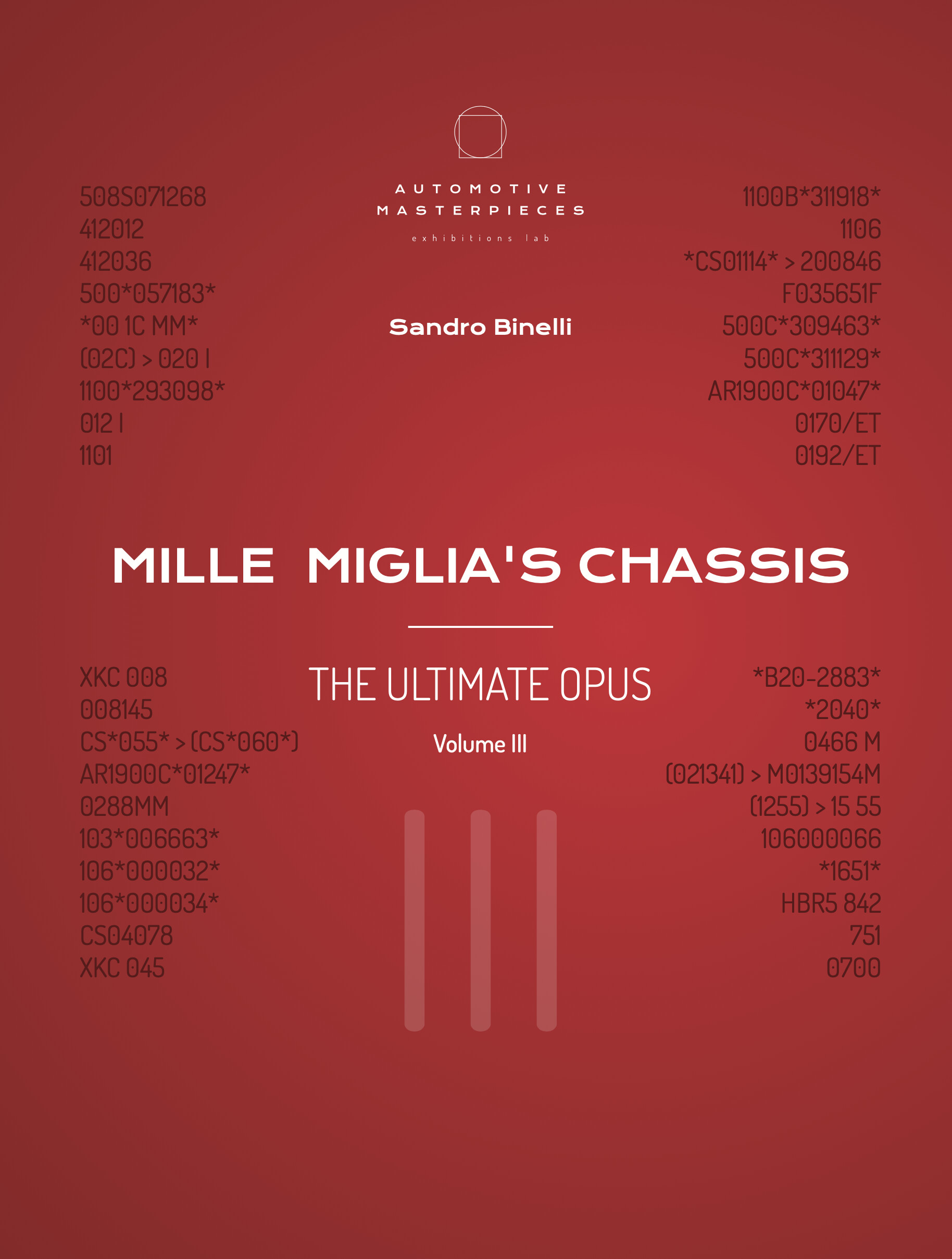
1952 Ferrari 225 S
ON/OFF
Why am I an Automotive Masterpiece?
G. Team cars
Scuderia della Guastalla
L. Limited edition cars
no. 2 manufactured. lightweight "tuboscocca" berlinetta
The Ferrari 225 S was a sports racing car produced in 1952, evolving from the earlier Ferrari 212 Export with significant engine upgrades that enhanced power output. This model was extensively used in competition and achieved numerous international victories. Notable successes include the 1952 Monaco Grand Prix for sports cars, Portuguese Grand Prix, Coppa d'Oro di Sicilia, Coppa della Toscana, Coppa d'Oro delle Dolomiti, among others. It represented the final iteration of the Colombo V12 engine before the introduction of the 3.0-litres 250-family engine. The 1952 Ferrari 225 S continued the development of the 212 Export sports car, sharing many features with its predecessor but with critical enhancements. In total, 21 cars were produced, all featuring right-hand drive, as was typical for racing cars at the time. Some units were conversions from the 212 Export range, and some even originated from the 166 MM. Twenty out of twenty-one were bodied by Vignale to Giovanni Michelotti’s designs: fourteen open Spyders, and six closed Berlinettas. A single Touring Barchetta was also produced. As Ferrari gradually shifted focus away from Carrozzeria Touring to other coachbuilders, Vignale remained in favor but was soon to be supplanted by Pinin Farina and Scaglietti. While the chassis, wheelbase, and track measurements of 225 S remained unchanged compared to the 212 Export, the V12 engine saw an increase in total displacement due to a larger bore, substantially boosting power output thanks to Aurelio Lampredi’s technical innovations. These enhancements included a new, more efficient intake manifold and an improved distribution system, which would be carried forward to the next generation of Colombo V12-engined cars introduced in the same year. The 225 S’s Colombo V12 engine, derived from the Ferrari 212 but with cylinders bored out an additional 2 mm from the older 2.6-litre engine, now measured 70 by 58.8 mm in bore and stroke, culminating in a total capacity of 2,715.46 cc. Lampredi’s redesigned intake manifold and distribution boosted power from 165 hp to 210 hp at 7200 rpm, with a compression ratio of 8.5:1. The engine featured a single overhead camshaft per cylinder bank, actuating two valves, fueled by three Weber 36DCF carburettors and powered by a single spark plug per cylinder served by two ignition coils. It employed a single-plate clutch and wet sump lubrication. The front suspension consisted of an independent setup with double wishbones, a transverse leaf spring, and hydraulic shock absorbers, while the rear used a live axle with twin semi-elliptical springs and hydraulic shock absorbers. This differed from the 212 Export, which used Houdaille-type shock absorbers and single springs at the rear. Hydraulic drum brakes were fitted on all wheels, and the gearbox was a five-speed, non-synchronised type. Most of these cars utilized the well-proven tubular steel spaceframe chassis, identified by an "ED" or "EL" serial number suffix. Alternatively, the 225 S could be built on the innovative "Tuboscocca" chassis, marked with an "ET" suffix. The Ferrari 225 S was mounted on two types of chassis designs. Most utilized the well-proven spaceframe chassis made of elliptical-section steel tubes, identified by an "ED" or "EL" serial number suffix. Alternatively, the 225 S could be built on the innovative tubular semi-monocoque chassis called “Tuboscocca”, marked with an "ET" suffix. Both chassis types had previously been used on other sports cars and maintained a wheelbase of 2,250 mm. The Tuboscocca chassis, designed and realized by Gilberto Colombo's Gilco, chassis specialist company, was exclusively for racing cars. "Tubo-scocca" in Italian translates to "tube-body." A select few examples received a smaller diameter tubular trellis-frame with additional truss-type cross-braces. This new chassis was slightly lighter than the original tubular steel chassis and offered increased rigidity and strength. This design debuted on a 1951 Ferrari 212 Inter Touring Berlinetta, sn 0141ET, which was competed in by "Pagnibon" (Pierre Boncompagni) and later offered for the 212 Export and 225 S ranges. It is believed that in total, eight 225 S were mounted on the Tuboscocca chassis: six Vignale Spyders and two Berlinettas. According to Gilco, only fifteen such chassis were built initially for the 212 Export range. The 225 S debuted at the Giro di Sicilia in 1952 with car number 443, driven by Piero Taruffi and Mario Vandelli. The model dominated the race, but a broken cylinder head gasket ultimately compromised its success. It also participated in the Mille Miglia and the Targa Florio. One of the most notable achievements for the model was at the 1952 Monaco Grand Prix, where three 225 S cars finished in the top three. However, it was outperformed at that year's Mille Miglia, where seven 225 S cars were overshadowed by the more powerful 340 MM and the sole 250 S in the race. Another significant presence of the 225 S was at the 1955 Cuban Grand Prix, driven by renowned drivers such as Piero Taruffi, Giannino Marzotto, Luigi Villoresi, Eugenio Castellotti, and Pierre Pagnibon.
The Ferrari 225 S with chassis no. 0170/ET is a coupé “berlinetta” bodied by Vignale and designed by Giovanni Michelotti. From its chassis “ET” number, we can ascertain it has a “tuboscocca” chassis by Gilco, making it one of the two lightweight "tuboscocca" competition berlinettas built. It is also one of the three early 225 S models converted from the 212 Export range, mainly distinguished by the modified front suspension, and one of just six Vignale berlinettas out of a total of 21 Ferrari 225 S; even rarer than the spider version, which totaled 14 examples. A notable feature of this car were the slotted tail lights, recessed into the wings. On the front, besides the main radiator grille, there were two air inlets with grilles below the headlights for cooling the brakes, and an air inlet in the center of the bonnet to bring air to the carburetors. It featured windup plexi windows and lacked an outside filler cap, while inside, a Smiths "Time of Trip" chronograph on the dashboard was an extra Ferrari feature. Despite being slightly heavier than its spider-bodied counterpart, the closed cockpit model had a significant advantage in endurance races like the Mille Miglia (notably held in a season of unpredictable weather): it offered a more comfortable life on board, sheltered from the elements. The car embarked on an intense and fruitful racing season with the 1952 Mille Miglia; it was raced by its owner, Augusto Caraceni, son of Domenico, a famous Roman tailor who dressed many personalities, such as Humphrey Bogart and Aristotele Onassis. The car, previously pictured in its original black color, appeared in the race with its most famous livery: a two-tone red body with a black roof. Chassis no. 0170/ET, according to official race documents, is still registered as a 212 model; indeed, the entry form lists its displacement as 2,560 cc. It competed under the prestigious banner of the Scuderia della Guastalla team but did not finish the race. Throughout the year, it was driven by members of the Caraceni family (Augusto, Giulio, Raffaele), almost always finishing on the podium and first in its class in major Italian races. 1953 was a sabbatical year from racing, and the car returned to Ferrari where, presumably at that time, was upgraded to a 225, increasing the engine to 2.7 liters. The factory's original assembly sheet notes the upgrade. After being purchased by Dutch driver Jan Bos-Eyssen, the car returned to the racetrack from 1954 to 1956, especially at the Zandvoort circuit, achieving excellent placements. Thereafter, no further sporting activity is recorded. The car underwent several changes of livery, the most notable while transformed into a 225 S model by Ferrari, when three ovoid portholes (without chrome rings) were added to the wings to exhaust hot air from the engine. Then, chassis no. 0170/ET passed through the hands of several enthusiasts and collectors. In the 1960s, Paul Hee's Racing & Sports Car shop in New York, USA, rebuilt the engine, while in 1974 the car was completely restored by Francois Sicard. Other restoration works have been undertaken over time. From 1978 to 1982, it was owned by the renowned collector and entrepreneur Peter Sachs. Restorations were carried out, and by the mid-1980s, the 0170ET returned in splendid form to showcase its qualities at Laguna Seca. Around the 1980s, a 250 GT “Tipo 128B” (internal no. 508) engine was installed. Displayed from 1988 to 1989 at the Monteverdi Museum in Binningen, Switzerland, from 1990 it returned to the Mille Miglia and competed in historic car competitions. In 2009, the car received a FIVA passport that certified the original 225 S engine was reinstalled. In May 2010, the car was auctioned and sold to a private collection. The car continues its sporting and iconic career: participating in other historical Mille Miglias and featured in significant themed publications, such as the Mille Miglia's Chassis - The Ultimate Opus Volume III book, by Sandro Binelli.

